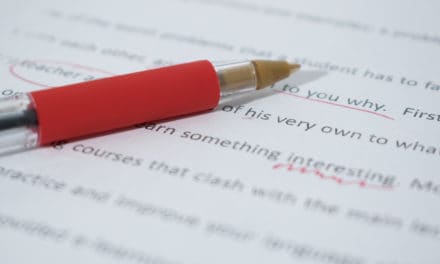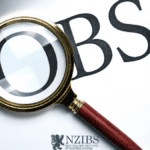From time to time, writers, editors and proofreaders may all find themselves reviewing and rewriting text according to plain language principles for clients. The New Zealand Institute of Business Studies (NZIBS) Proofreading & Editing course entails learning fundamental proofreading skills that students can apply to content where plain language is required.
What is plain language?
Fundamentally, plain language involves clearly expressed written communication that is understandable and user-friendly. Its primary goals are to assist readers to quickly find information, comprehend it the first time they read it and use it to meet their needs.
Where did it start?
Originating in the post-World War II United States, the plain language movement’s main driver was to ensure fair, open and accessible democratic governance. Although progress was slow in the following decades, during the 2000s, a new momentum for change picked up with public and private interests reaching an agreement that clear communication was increasingly critical for social cohesion and economic performance. This trend culminated in the US government adopting the Plain Writing Act of 2010 for financial, technical, legal and governmental purposes.
Who advocates for plain language?
Marking its development into a global movement, the Plain Language Association International (PLAIN) established the annual International Plain Language Day in 2011. With members in over 30 countries and covering more than 15 languages, the association is a significant member of the International Standards Organisation (ISO) Working Group to standardise language and terminology.
The New Zealand Standards Organisation (NZSO), an arm of the Ministry of Business, Innovation and Employment (MBIE), is an observing ISO member and maintains strong connections with the international standards community. NZSO develops, edits and publishes joint Australia-New Zealand standards in partnership with Standards Australia, a participating ISO member. In New Zealand, the government applies the Plain Language Standard to everything from email to legislation.
How does plain language work?
The overarching principle of plain language is to write for your audience. That means taking into account the level of knowledge of readers and using language they will understand. Another critical consideration is that many people now mainly access official information online rather than via traditional printed publications.
In the Australia-New Zealand context, the standard guidelines emphasise the importance of understanding how and why people read and designing content that makes it easy for people to find the information they need. Plain language style standards may require:
Readability
– Selecting a suitable structure for any communication, using clear headings and a logical order placing the most important information first before background details-
– Making content scannable as people no longer read text word-by-word
– Designing layout, typography and graphics to present information in the most straightforward, clear and suitable way
– Testing content with users before launching the final version
Plain language
– Selecting the simplest words to convey meaning
– Avoiding technical jargon
– Keeping sentences short (15-20 words) and avoid complex structures
– Using active rather than passive verb construction in sentences
– Removing repetition and ambiguity
Tone and voice
– Using active voice as much as possible
– Employing language and terms your audience will understand
– Addressing readers with ‘you’ and ‘your’
– Being concise and straightforward
– Expressing information impartially
– Using respectful and neutral language
The NZIBS Proofreading and Editing course introduces students to the world of publishing and includes the main stages in the editing process, the scope of different levels of editing, industry practices with handling different writing genres, traditional and onscreen proofreading mark-up methods, and a range of business fundamentals.
Want to get paid to find spelling misteaks?
Did you spot it? Do spelling “misteaks” jump off the page at you? Train to become a professional proofreader. Create new career opportunities. Study from home, at your own pace. Learn from industry experts.










